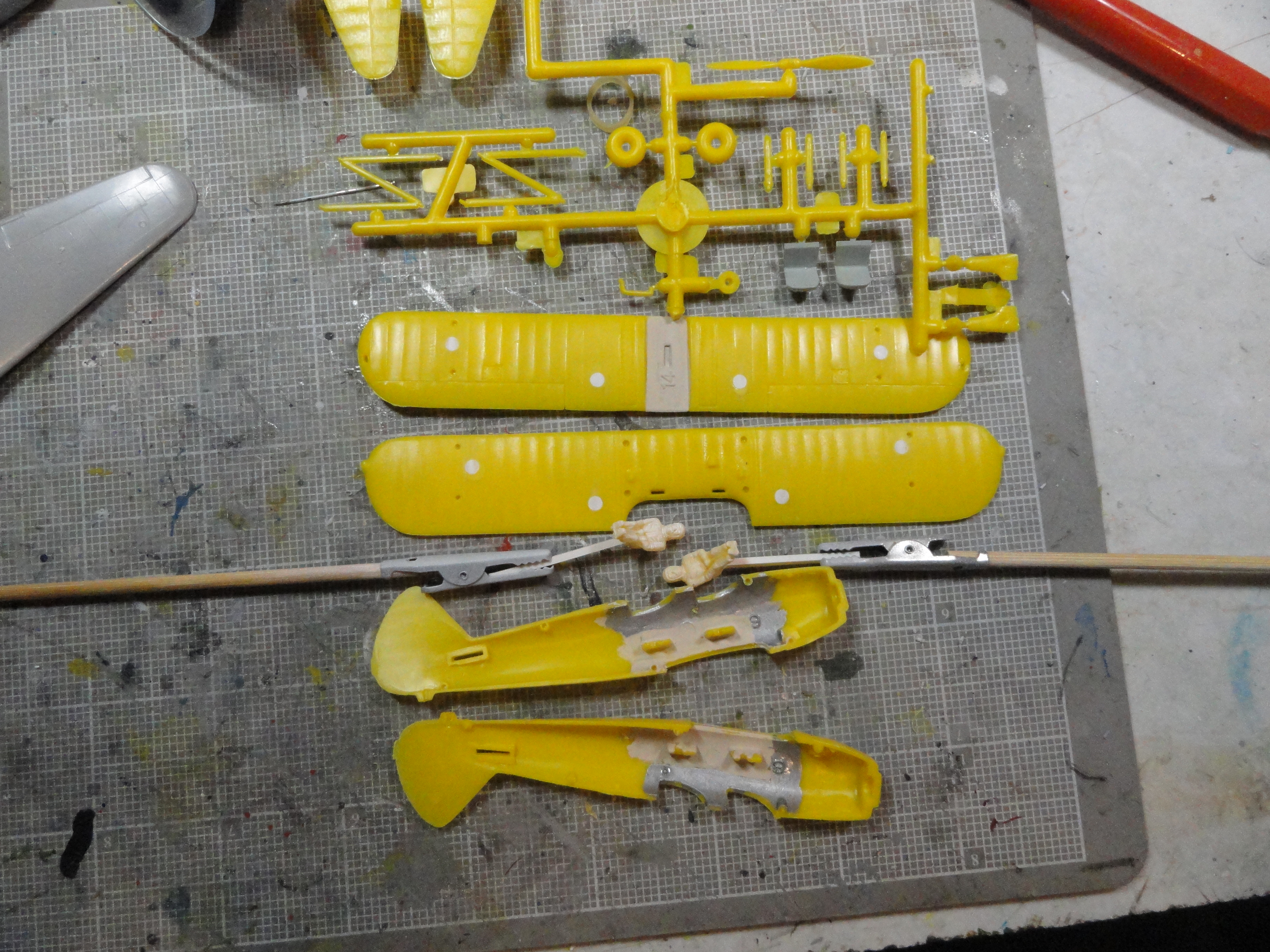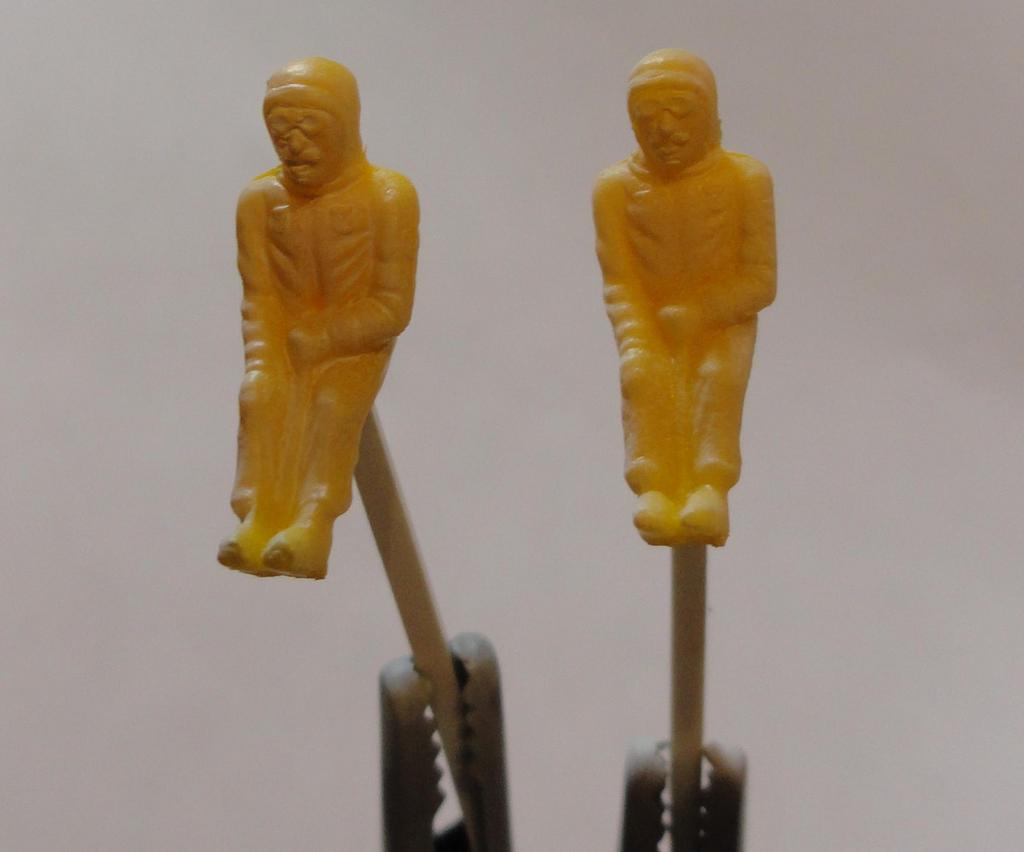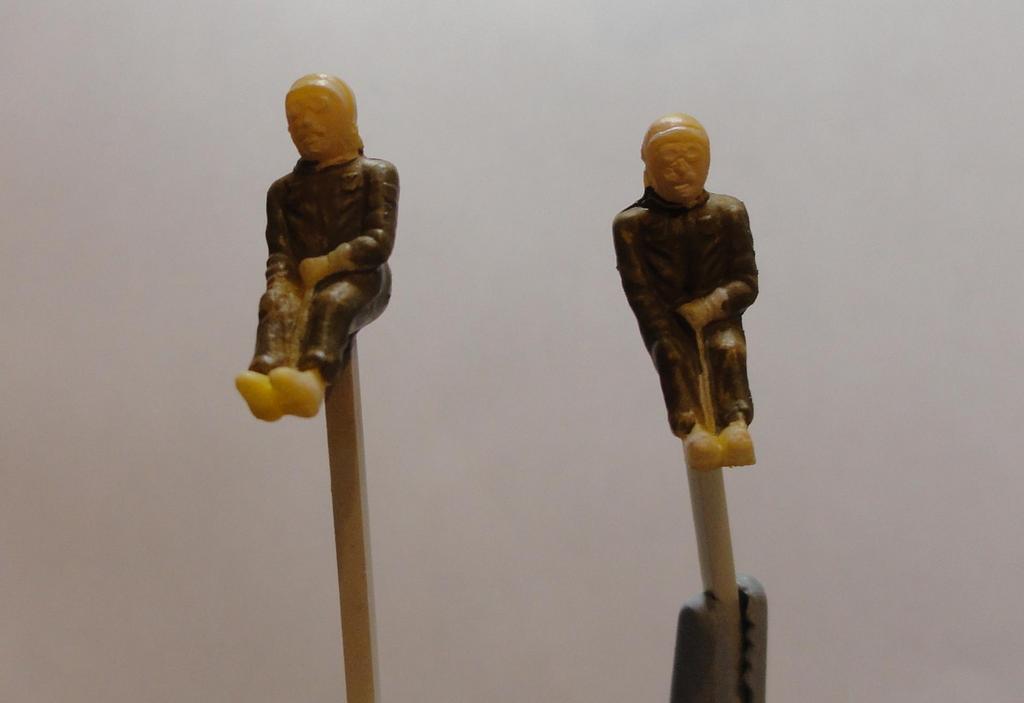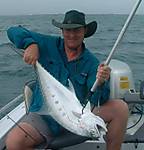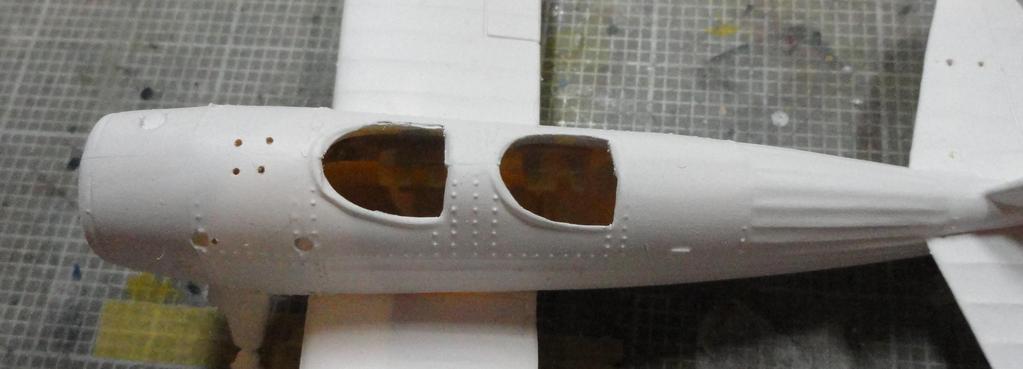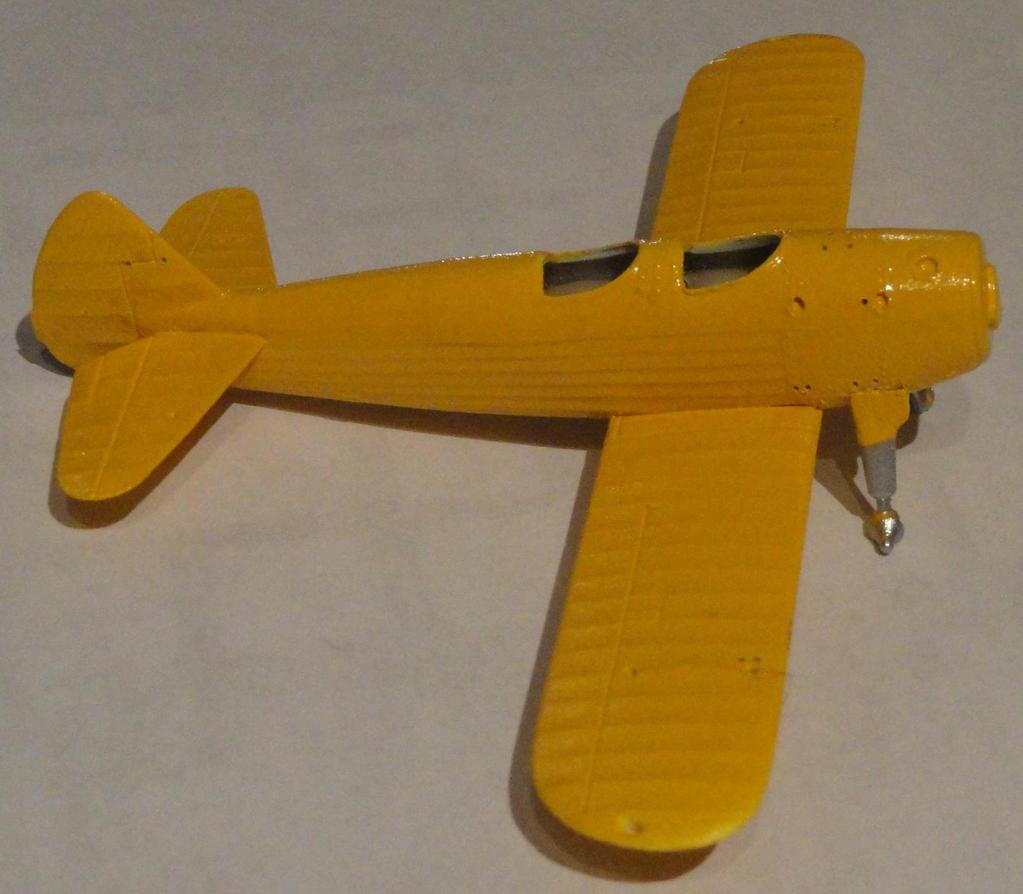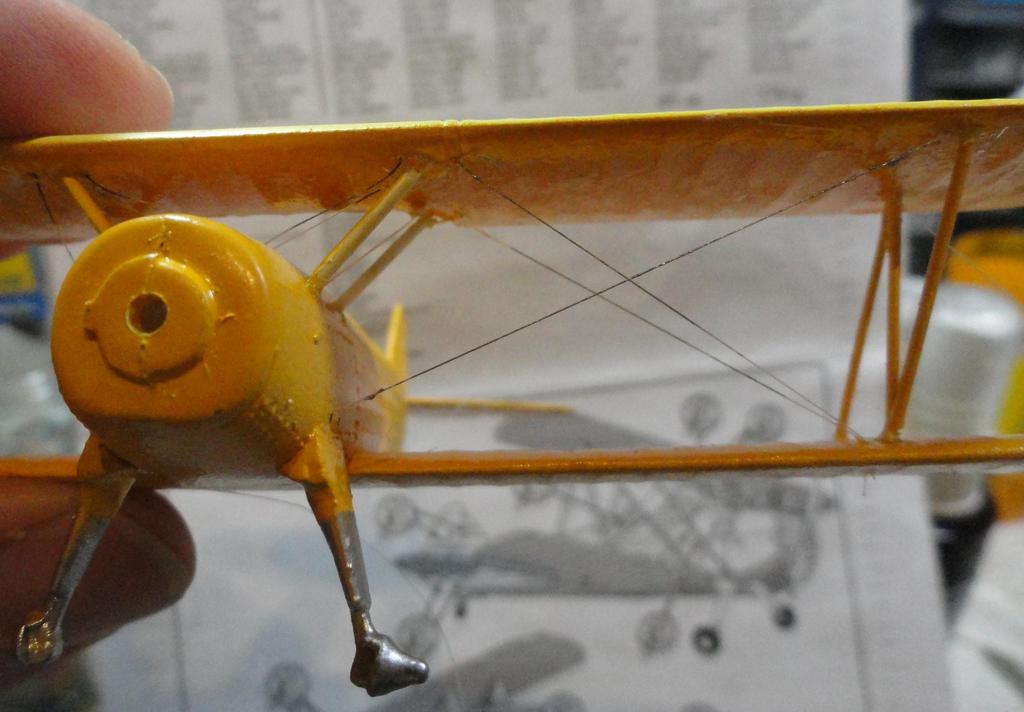SO to be upfront, I've never rigged a biplane before.

Not having any idea how to do it, I looked to that undeniable expert on everything, the Internet.

One guy suggested drilling deep holes in the top wing, shallow holes in the bottom wing. Then you carefully measure the distance between the holes and cut stretched sprue or a stiff wire just slightly longer than the measurement. You slip one end of the sprue into the deeper hole and let it fall into the shallower hold. Apply super glue and let cure. If it sags a bit, apply heat with a cigarette butt or a stick of incense to tighten it up. Seems like a lot of work, all the sprue stretching and measuring, then the heat seems a bit dodgy.

Someone else suggested drilling holes through both wings, then feeding fishing line thru the holes tying knots to hold the line in place. Finally supergluing the hole shut and sanding to match. Refinish the paint as needed. Seems like a dangerous proposition.

Finally found one that might work for me. Drill blind hole in the bottom of the top wing, drill thru holes in the bottom wing. Before mounting the top wings, superglue long strands of line into the top holes. Then mount the top wing. After it cures, thread the line through the bottom wings, pull tight, and add a weight to hold it taunt while you apply super glue and let it cure. Seems doable for the wings, lines to the fuselage might be a bit tricker. I'm thinking of leaving the interior (what little there is) out until after the lines are installed. Then I could use a hemostat to pull the lines out and hold them tight till the glue cures.

So using the wiring plan on the instructions, I've drilled out all of the holes with a 0.0135 (#80) bit. Since I'm using EZ Line, about 0.001" dia, I should be able to feed the line tru after painting.

Everything all drilled out:
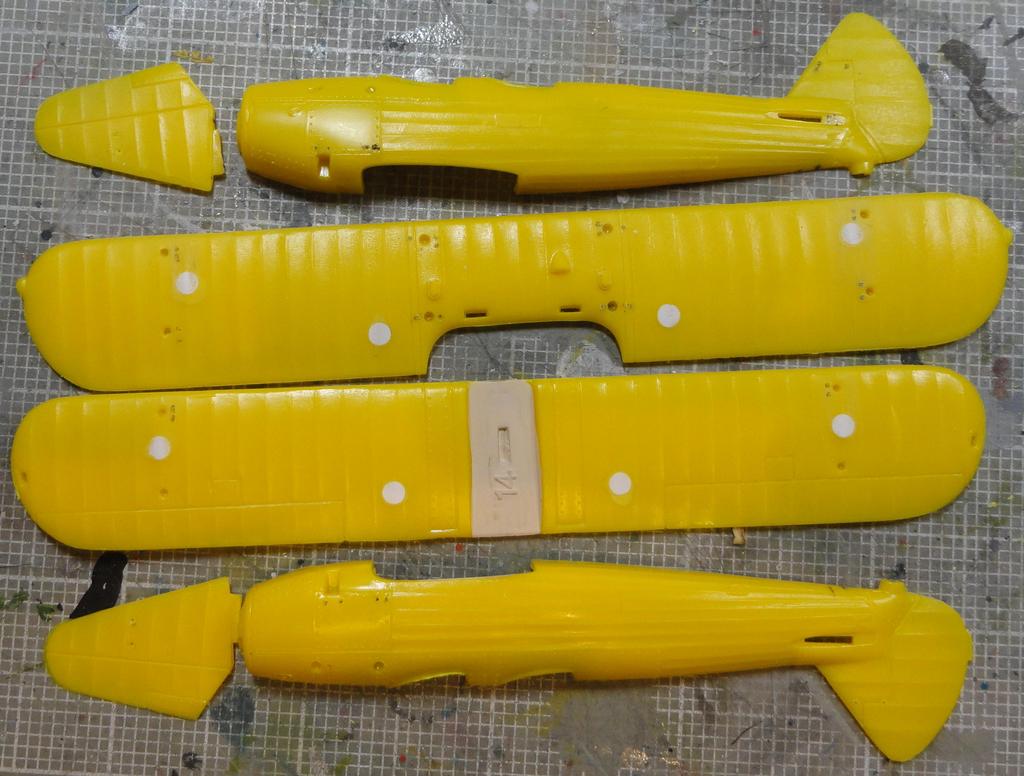

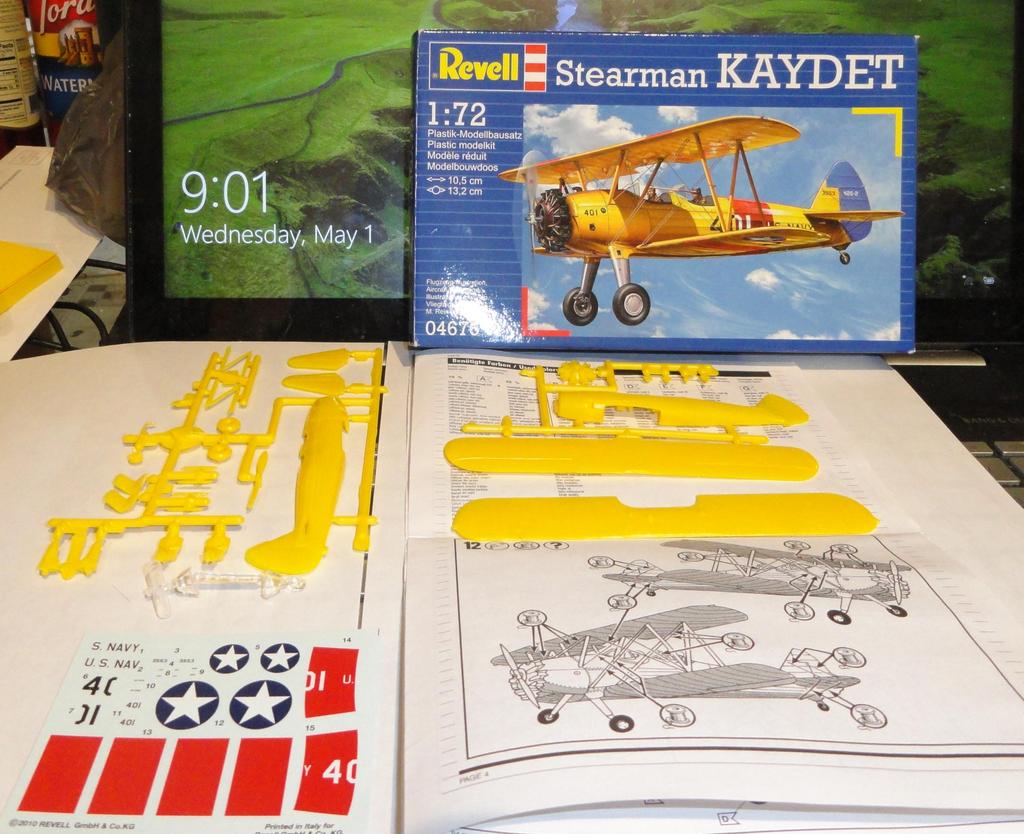
 . I was able to punch some disks out of some 0.005" sheet I had on the bench.
. I was able to punch some disks out of some 0.005" sheet I had on the bench.





















